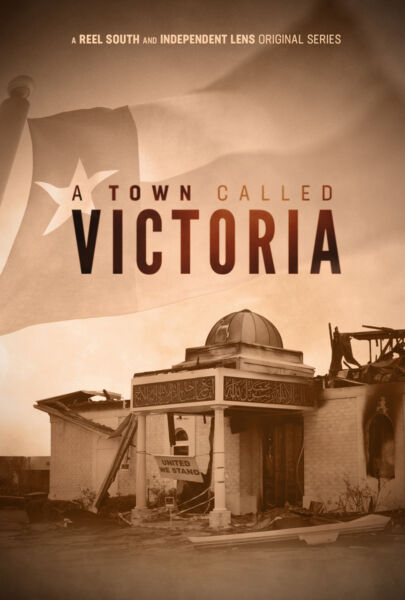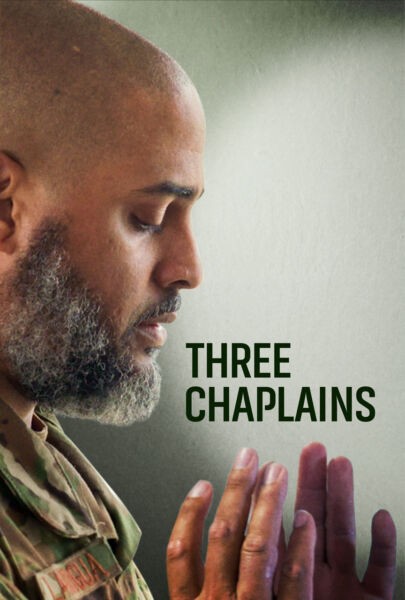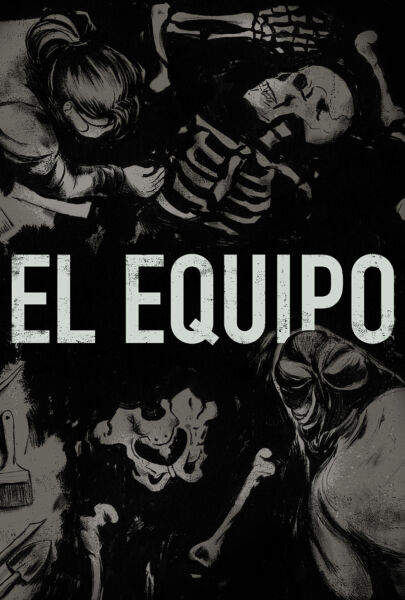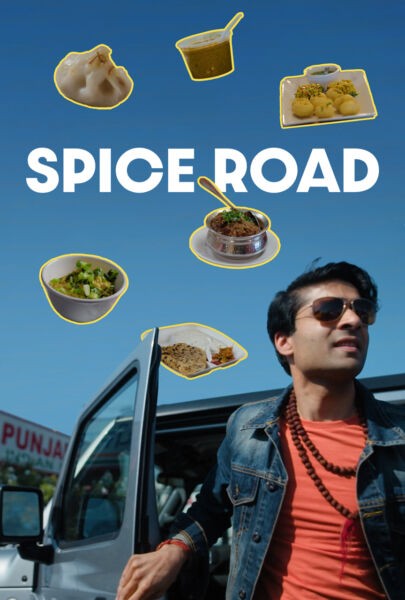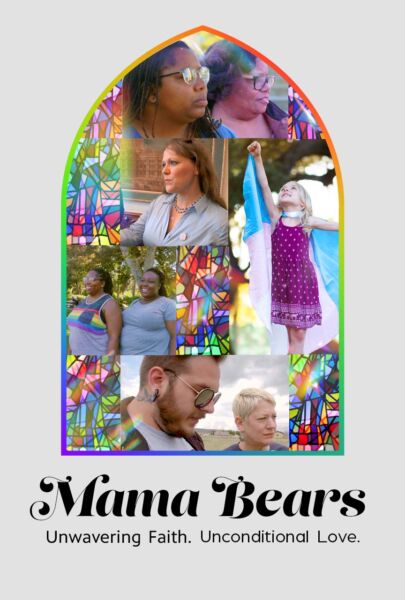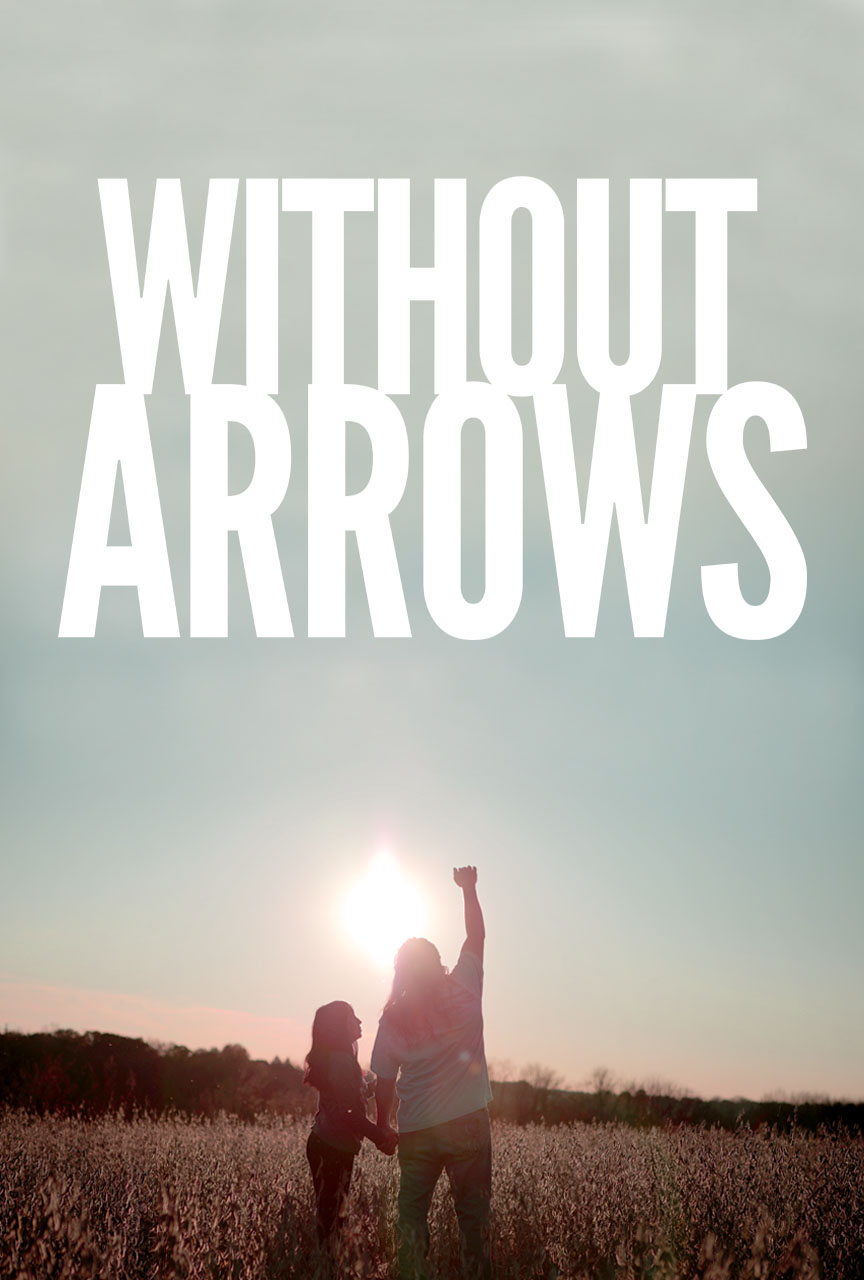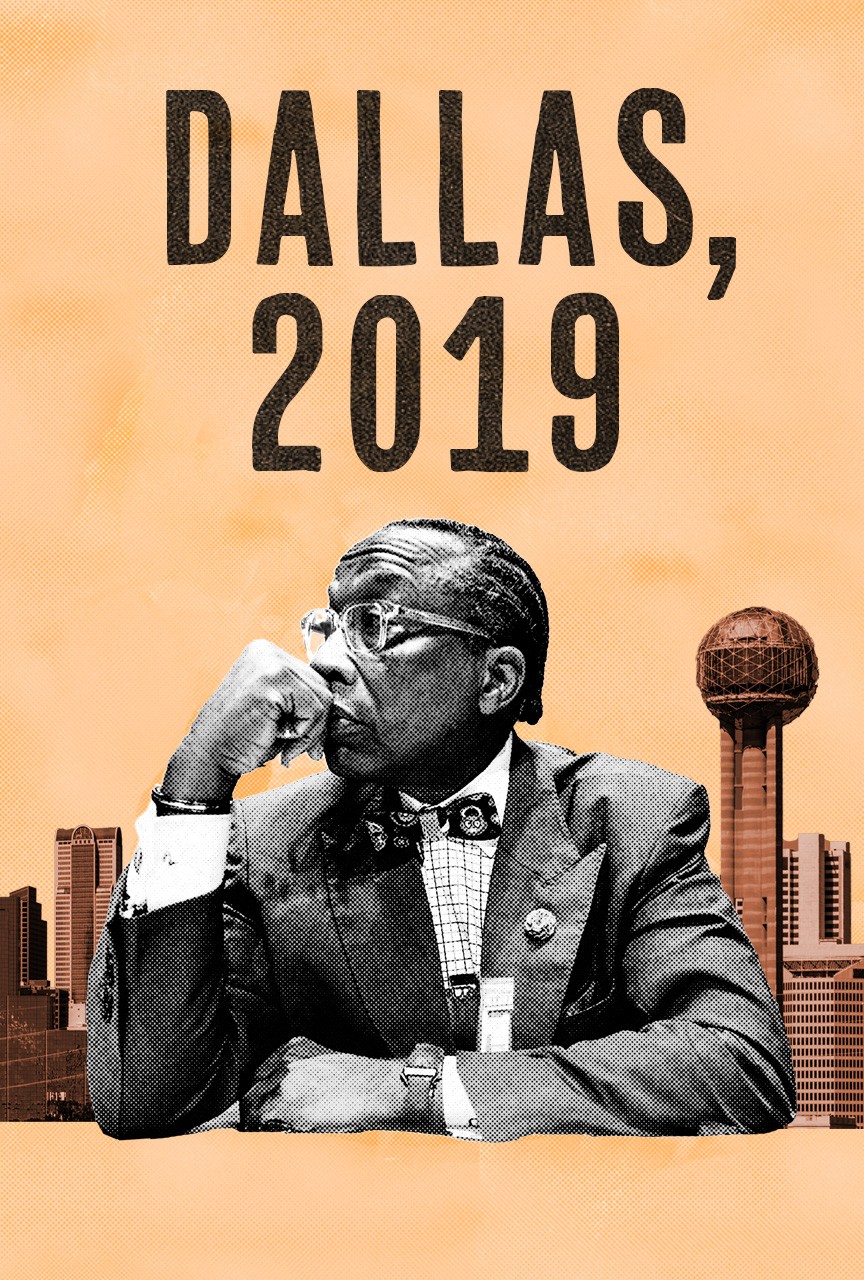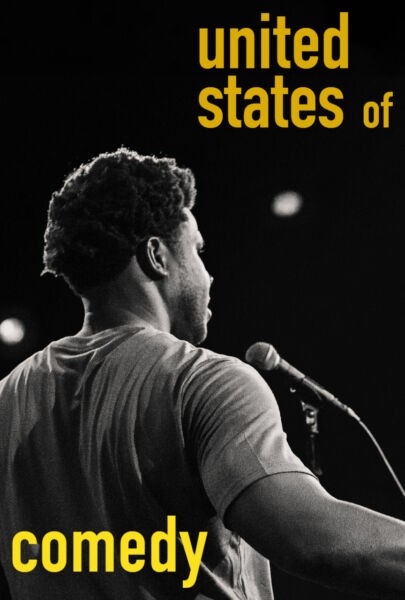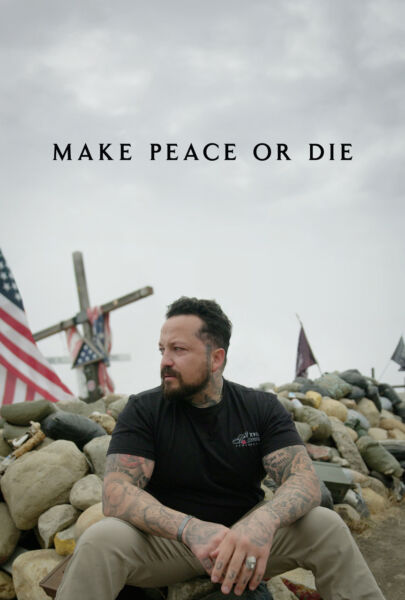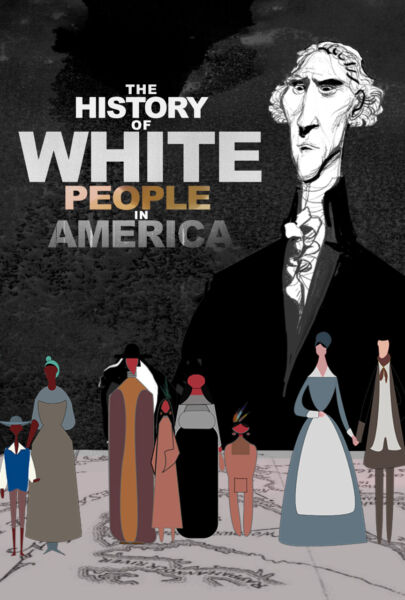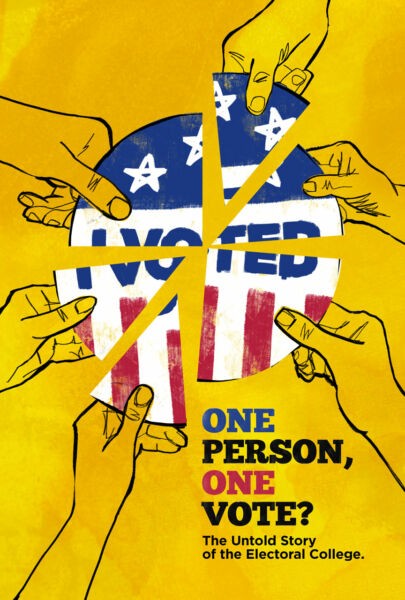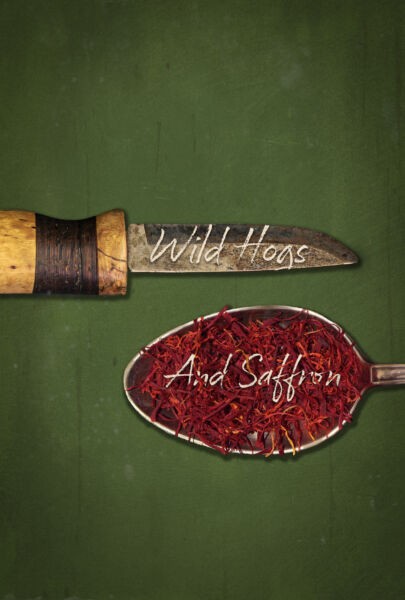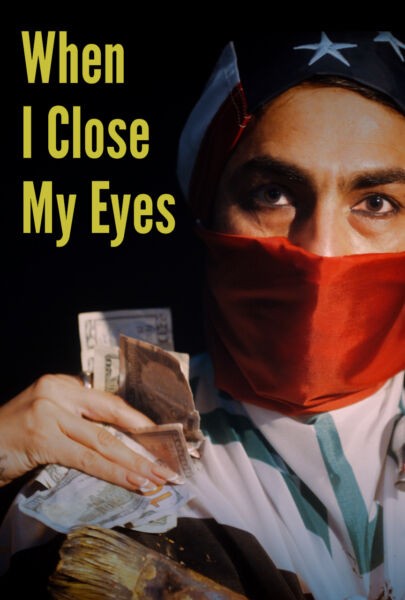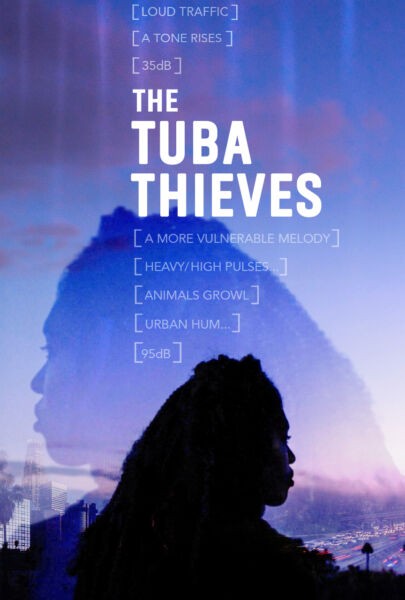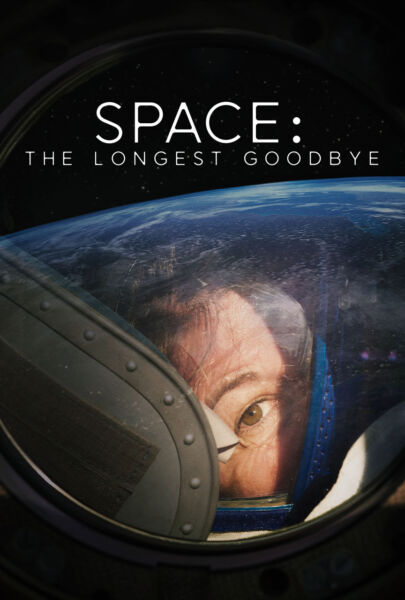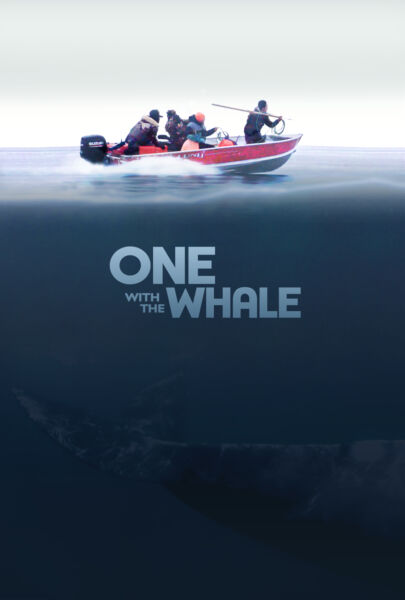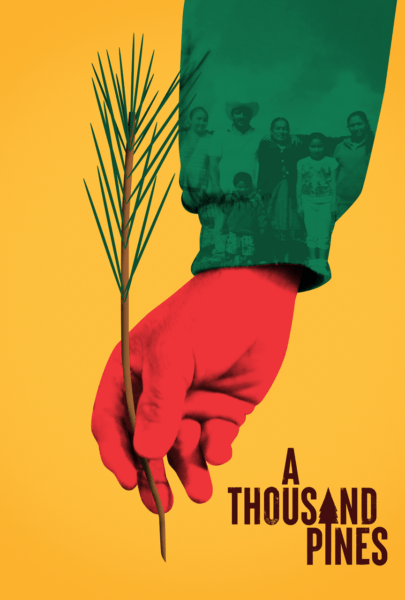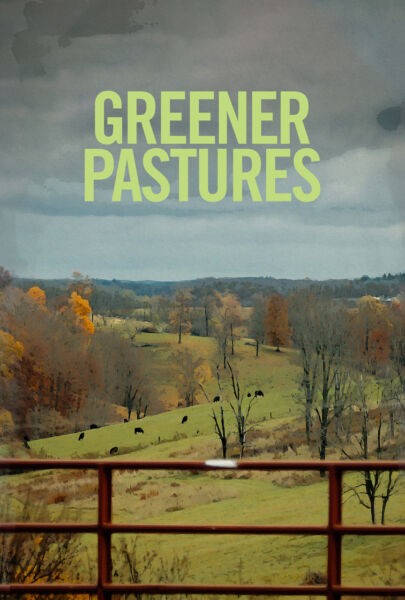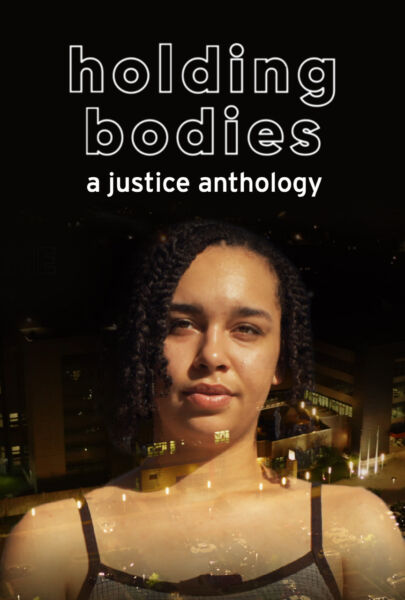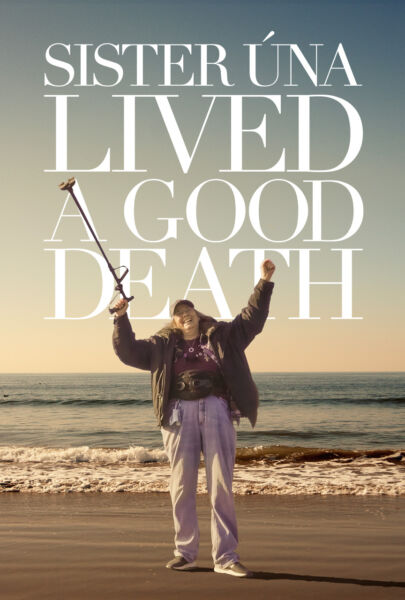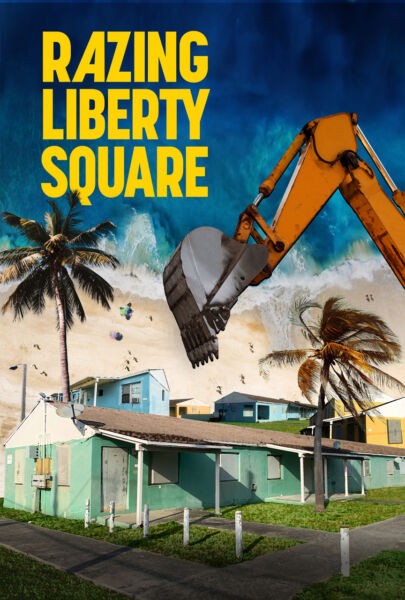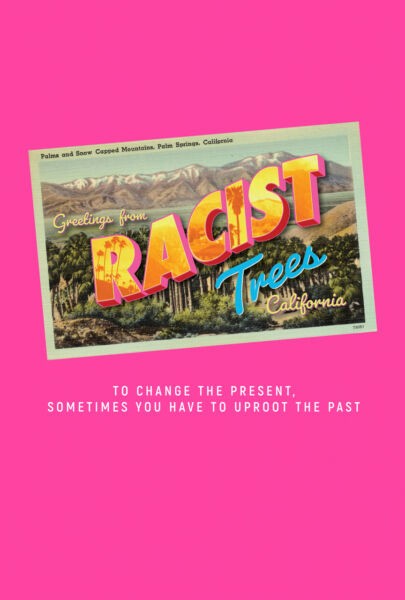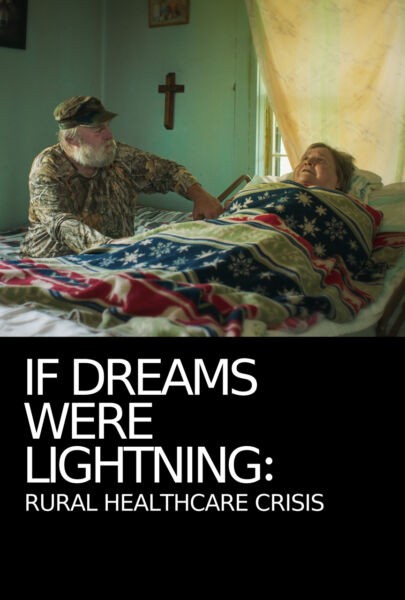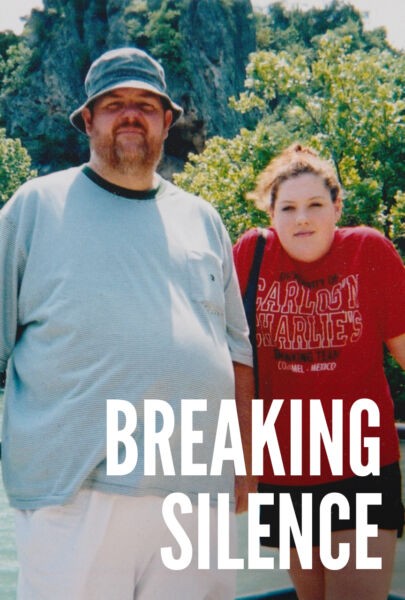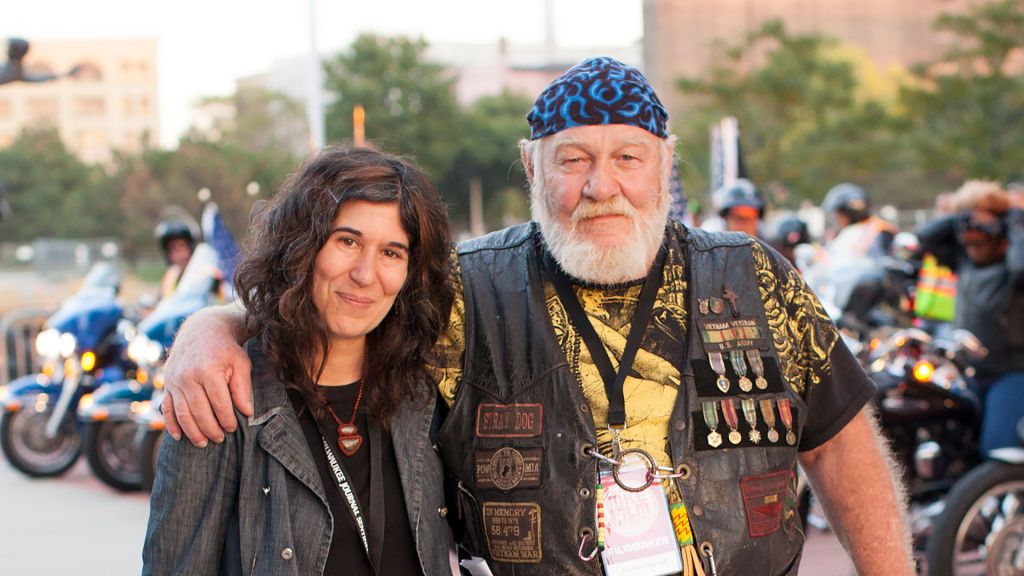
Filmmaker Debra Granik helped bring actresses Vera Farmiga and Jennifer Lawrence much-deserved fame with her two acclaimed feature films Down to the Bone and Winter’s Bone, respectively. Winter’s Bone in particular, which was nominated for four Oscars, including Best Adapted Screenplay, made Granik herself a hot name in the film world — a world in need of affording more opportunities for women filmmakers. For her follow-up, Granik turned to the world of nonfiction film to make a portrait of an American veteran, Ron “Stray Dog” Hall, whom she met while filming Winter’s Bone.
Stray Dog and Winter’s Bone are linked in other ways, too: both are set in rural Missouri, and both share the director’s keen ability to empathetically portray complex American characters struggling to overcome poverty.
Granik spoke to us about the film, about what compelled her to make it, and what projects she’s eyeing next.
After the success of Winter’s Bone you shifted into documentary for this film. Why did you want to make Stray Dog?
I’m always searching to learn more about our large and diverse country. There are so many American experiences that we can’t know about unless we venture out to create a dialogue, to observe, ask questions, and stay there for a while. When I’m interested in an aspect of someone’s life, I want to ask about their experiences, their survival strategies, and what they do to keep their lives interesting.
In the case of “Stray Dog,” it was clear that he was relentlessly thinking about issues that shape people’s lives, from the personal to the national, including the history of our country’s overseas wars and the ghosts that remain with us. His living situation, as the owner and operator of an RV park, showed that he was imbedded in a community, a web of lives, refracting even more details and themes of contemporary American existence. This is the trove of observable material that attracts me and my collaborators, those of us who are drawn to visual anthropology – the act of photographing and taking visual notes on the details of everyday life.
When Ron consented to do this project with us, he became our guide to what was happening in his neck of the woods, southern Missouri. In the wake of the 2008 financial crisis, he was making his own observations about the struggles of working people, the fortitude it takes to live close to the bone, and the needs of the new young warriors returning home from another long 15 years of American overseas combat. He had thoughts about how the experiences of Vietnam veterans could be relevant to the new generation of vets, and to the nation at large.
Here was a reflective fellow citizen, willing to share his thoughts and actions. It’s a great pleasure and an intense experience to make a portrait of a person and their surroundings, and when the person you’ve set your sights on is ready to participate, you’ve got what you need to begin to craft the portrait.
For me, another reason for making this film is the search for hope. I’m always looking for instances of people doing things for and with each other for pleasure, for passion, for camaraderie, from kindness. It’s the anthropology of people figuring how to punctuate life with the lyrical. Stray Dog’s daily life is filled with such vignettes: covered dish events, bikers making chili for the group dinner, bikers and vets caring for each other, unexpected pockets of racial and ethnic connecting.
Who among us is not looking for the moments that fulfill aspects of our national heritage of different cultures coming together? Stray Dog’s curiosity about Mexico, and how he ended up deeply connected to a Mexican family, was never something we could have predicted, but who doesn’t want to be delighted by the unexpected? These kinds of surprises that have nothing to do with why you set out to make a film, can be the fuel that draws you onward, eager to discover what you don’t know and couldn’t have imagined.

Using humor as a survival tool is an appealing and pervasive trait in Ron’s world. His friends and neighbors are not striving for material wealth; they are working hard to get by, but also trying to infuse daily life with laughter and some good times. Resilience is attractive. It makes us care, wonder, and understand a little bit what it might be like to walk in the shoes of the other.
Is there anything you took from all of your feature/fictional film experience that informed the documentary shoot? How hard was it to shift gears into nonfiction?
It can be hard to shift gears between narrative and documentary. The two ways of approaching experience and stories offer different challenges and different gifts. Within the doc process, I may want a scene to go on, or have a different outcome. I might wish that I could influence a character’s actions, or I may lose a character due to the fleeting nature of capturing things spontaneously. With a narrative you can control many of these elements, but they may also become flat or lose their raw edge. When it’s going well, a doc can be a wild ride, where through a chain of events you could not have predicted, one experience or encounter can lead you to another and another.
In a conventionally-shot fictional narrative, it would be indulgent to follow a theme or a behavior and have it meander and lead you wherever it goes, nor can you keep adding scenes and characters. In the doc process, every new person you meet is a surprise, he or she has experiences and feelings to try to understand and decipher. It can get overwhelming to know who to follow, and when to apply restraint and acknowledge that not everything you’re attracted to can fit into a single film.
How did you gain the trust of Ron “Stray Dog” Hall and his wife and family?
I think trust was formed through two tried and true methods. The first being sticking around. The foundation of trust building seems to be familiarity. By showing up and staying around for many hours of a day, days in a row, people get used to the presence of photographers. By sticking around, the phone will ring and someone will answer it regardless of the film crew’s presence. The toast will burn, a poignant news headline will emanate from the television, a dog will do something ridiculously cute, regardless of your presence. Through recording the mundane and the daily details, the subject gets a sense that you’re not there for the “gotcha” moment, you’re not there to stir up trouble. The subject becomes acclimated, and from there comes a kind of basic trust because [they] now recognize the burden is on the filmmaker not to betray them.
In our experience, the other crucial dynamic to building trust is having the subjects of the film understanding the project, your intentions, and being on board so they can introduce you to some of the people in their world. When the subject vouches for you, friends and neighbors will be far more receptive than if we approached them cold. This was especially true for approaching bikers who have cultural traditions of separatism. The fact that Ron knew us and could explain in his own words what we were doing and why made all the difference. Without him having our backs, we would have been seen as unwelcome outsiders wielding an invasive camera. And even with your subject endorsing the project, there can still be distrust of why the camera is there and what the filmmaker is after. In those instances trust is hard to build, and the filmmakers have to respect that a boundary has been drawn.
What were some of the biggest challenges you faced in making Stray Dog?
One of the biggest challenges with real life is keeping up. Life erupts, circumstances change quickly, birth and death can’t be scheduled. Sometimes you’re there when a certain phone call comes in, and just as often you have the disappointment of hearing about something photogenic or moving that happened when you were not filming. We were there when the off-shore Viagra salesman called, but we missed the time that Ron saved the dog’s life with CPR. We very much wanted to record a new trailer or RV being hauled into the park, but we were never there on the right day.
Following several thousand bikers on a cross-country pilgrimage also posed the challenge of keeping up. We were trailing after a large convoy. They move very quickly and it’s easy to get separated from them. Stray Dog put a lot of effort into making it possible for us to follow him. In other words, he would let us catch up or wait for us at times.
Another challenge is knowing when to back off. As a filmmaking team, we get into a mentality of being on a mission where we’re responsible for filming a certain event, moment, conversation. Sometimes you feel obligated to go deeper in a line of questioning, even when the team or the subject is exhausted.
Other times the subject will call out the film crew and ask, “Are you ever gonna just sit with us and talk with us without your camera?” This can be especially hard in meal scenes when the subject wants to serve up plates of food or a slice of pie for us at the same time we’re trying to film them. Their instinct is to include us and share, while ours is to film the meal as unobtrusively as possible. When to go and when to stay is always a tense question in the filming process because it’s based on a feeling and a desire to not tax the subjects of the film, but the feeling is pitted against the imperative to keep filming.
Do you keep in touch with Ron and his family? How are his stepsons doing? In the film you can see how hard it is for them to adjust culturally from their urban home to rural middle America.
We keep in touch with Ron and his family. The circulation of the film has required that we travel together and talk with frequency. I love to hear about new developments, especially good ones. Ron has taken up beekeeping, and his garden has significantly increased. These details are very visual and Ron has been generous in sending me photos of various projects on the “honey-do” list, which as he says is never completed, but is always changing. I also like to inquire about the ordinary, such as about a good motorcycle ride and how the guys are getting along.
Ron is a vivid storyteller so a conversation with him on the phone can be like a short film. There are difficult things too, especially on the front of struggling to make ends meet that his friends and neighbors contend with everyday. When I talk to Ron there’s something lyrical, raw, satisfying, hard to solve, or funny that’s cropped up, but it’s always meaty to chew on.
Do you see Stray Dog as a corrective to “hicksploitation” portrayals of rural Middle Americans in recent film and TV?
I’d like to think that something I do could be an antidote, but that’s not for me to say, it always rests in the eye of the beholder. All I can do is include in my visual notes, all that impressed me, touched me. Details that speak volumes: gardens that get planted in front of trailers, dogs that are loved and cared for, a community center where some diversion, a meal and music are offered by everyone chipping in $5. If I did not notice the fragility and tenacity in those details, then I would be deciding to not look carefully. It would be like meeting a person and only looking at their shoes or what car they drive.
“Hicksploitation” has always been a cornerstone of American entertainment, but there can be a new spin on it, something like when racial and ethnic humor offered from within the community has a different resonance. When Stray Dog and his friends claim the term hillbilly as part of their identity, they mean something more expansive than the derogatory associations that are familiar from pop culture. They are very frank about living in poverty. It’s not that they laugh at the hardships that come from living in poverty, but they may laugh at certain kinds of resourceful survival techniques.
There were many times I felt that Stray Dog could do stand-up, drawing from rural, veteran, biker, and hill country humor. Sometimes I even indulged in thinking that he and I could do some Red State/Blue State skits. When someone has humor and can laugh at their idiosyncrasies as Ron and his neighbors can do at times, then they have a hedge of protection against exploitation. And crucially, the broadcaster, the exhibitor, or the producing entity has to be looking for something beyond “gotcha.” When people enjoy each other and have some long-running survival techniques, you can’t take that from them, or cheapen it, you’re pushed to see it as layered and tenacious.
Exploitation is when people’s experiences are framed to shock, gross out, make the viewer look down upon, laugh, or say, “Eww, I wouldn’t do that.” In making a portrait of a fellow human being, any filmmaker is going to bump into that which she doesn’t understand and can’t easily relate to. How you show that is key. If it’s decontextualized, you can easily throw someone under a bus. But what has that gotten you besides the knowledge that you betrayed someone who trusted you to try to show a full picture?
An example of a very un-funny side of living in poverty is something like not having teeth. One can imagine hicksploitation that could mock a person’s lack of teeth, their diet, their dress, their religion, their music and on and on. But the practice of visual anthropology, as opposed to exploitation, never stops at the surface, never seeks to mock, it always tries to find some underpinnings and some clues to why and how something has developed and why it might work.
At the same time, in the culture where dental care is almost impossible to obtain and one can’t come close to affording it on the prevailing wage, there may be dark humor, stoicism, and non-judgmental stance towards DIY dentistry, doing for oneself, the discomfort and bummer of dentures. I think this home-brewed humor has a place in the visual anthropology because it’s part of how the subject copes. It is an adaptation to surviving the circumstances of one’s existence.
Have you screened the film for veterans in particular? What sort of discussion would you like Stray Dog to lead to among and about veterans?
I’d like veterans to understand the impact of sharing their stories. I just read David J. Morris’s book The Evil Hours, which drives home for me how important it is to hear all kinds of communication from soldiers — letters, diaries, stories, poems, talk. It’s also important to hear from journalists and progressive therapists who truly listen when soldiers speak. I’d really like for vets to feel that their part of the American experience is vital to keep front and center. They are the only voices that have any chance to prevent total historical amnesia about what happens to humans in combat. Soldiers and those who listen to them are the only force we have that can speak in-depth about life after combat in all its complexity.
We have a highly-trained warrior class with needs and expectations. That’s a pulsing part of our nation; communication from them to civilians must flow. In the Indie Lens Pop-Up community screenings, veterans are showing up and we’re hearing that it feels good to see themes and experiences that have marked one’s life as an American soldier be acknowledged and brought forward by a guide like Ron, by a person who’s been there.
Can you tell us a little bit about some of the projects you’re working on next?
My team and I are working on a piece about the American experience after incarceration. How do people who have a felony conviction build back their lives? After serving time, how do they find a sustainable income, a job that can allow them to function fully and support their children through legal activities? What’s going to happen as we start to reverse our insanely high national rate of incarceration, and more convicted felons are released?
We are also finishing a narrative fiction script that will be shot in a neo-realist kind of way, an homage to another kind of American experience that relates to seeking to live outside socialized conformity. If we could work on docs and narratives in a gentle back and forth, we will be answering both calls, and that would be very satisfying to me and my collaborators.
What are your three favorite films?
I have many favorite films and my sense of what really rocks me changes. These are three of my favorite films: Show Me Love, by Lukas Moodyson; We Come as Friends, a documentary by Hubert Sauper; Where Soldiers Come From, a documentary by Heather Courtney.
Do you have any advice for aspiring filmmakers?
If someone or something sticks with you and you think about the experience in the shower, it’s probably worth going back to film. For me, filmmaking is very collaborative, it’s an opportunity to co-create and be receptive to the ideas and insights of close colleagues. Additional perspectives and reactions make the work more rigorous.
This year, many of us are acknowledging the influence of Albert Maysles in American documentary making. He would say something that really stuck with me: one of our aims as documentary makers is to get as close as we can to another person’s experience, but not so close as to hurt them. It is reasonable and important to ask of the work we do – what is this in service to?


